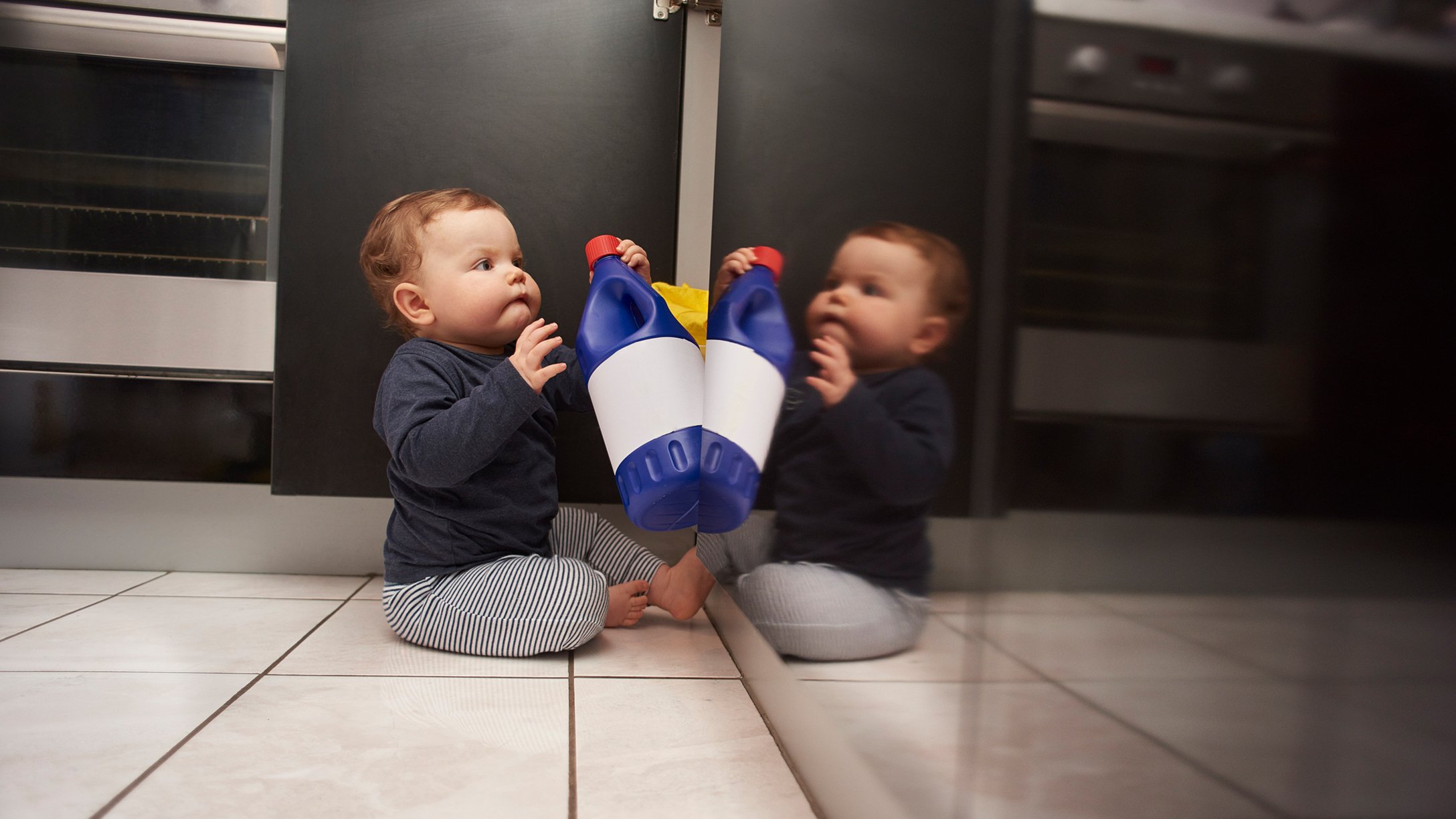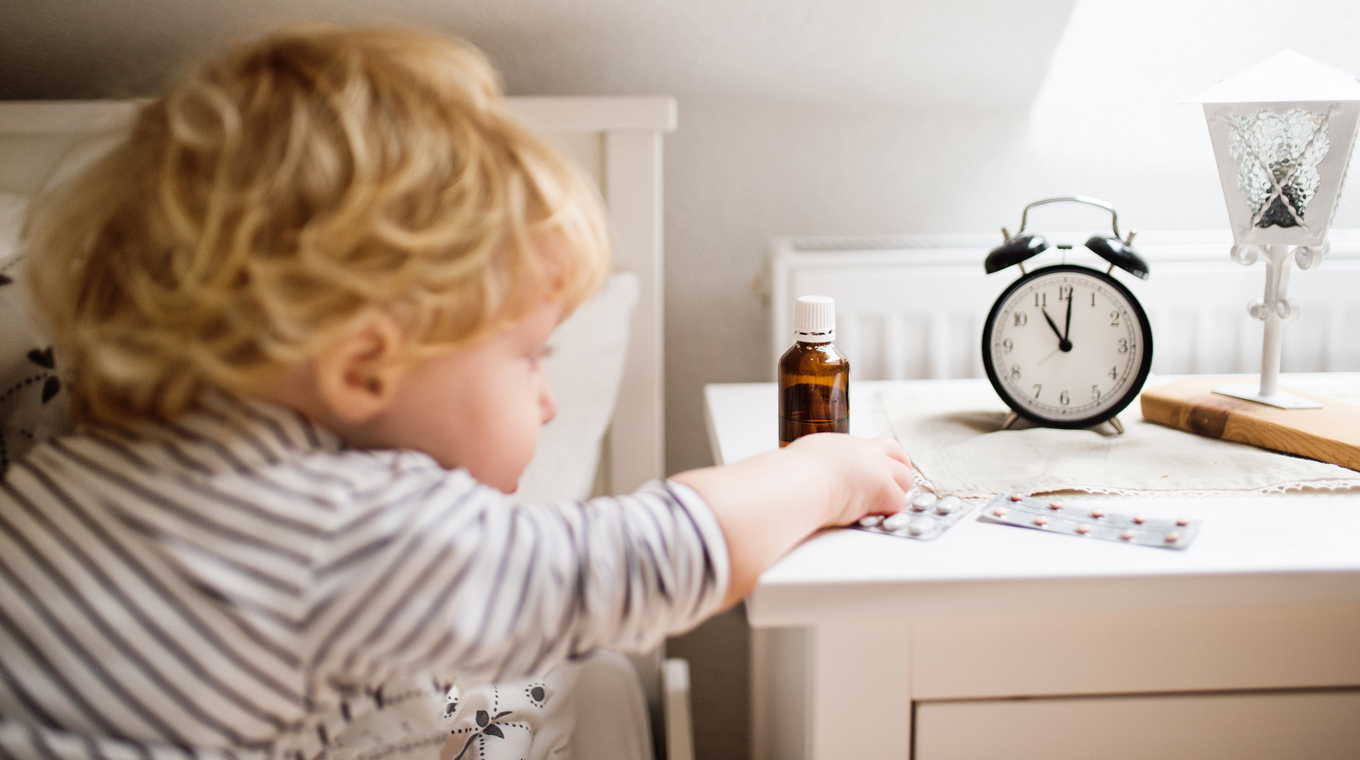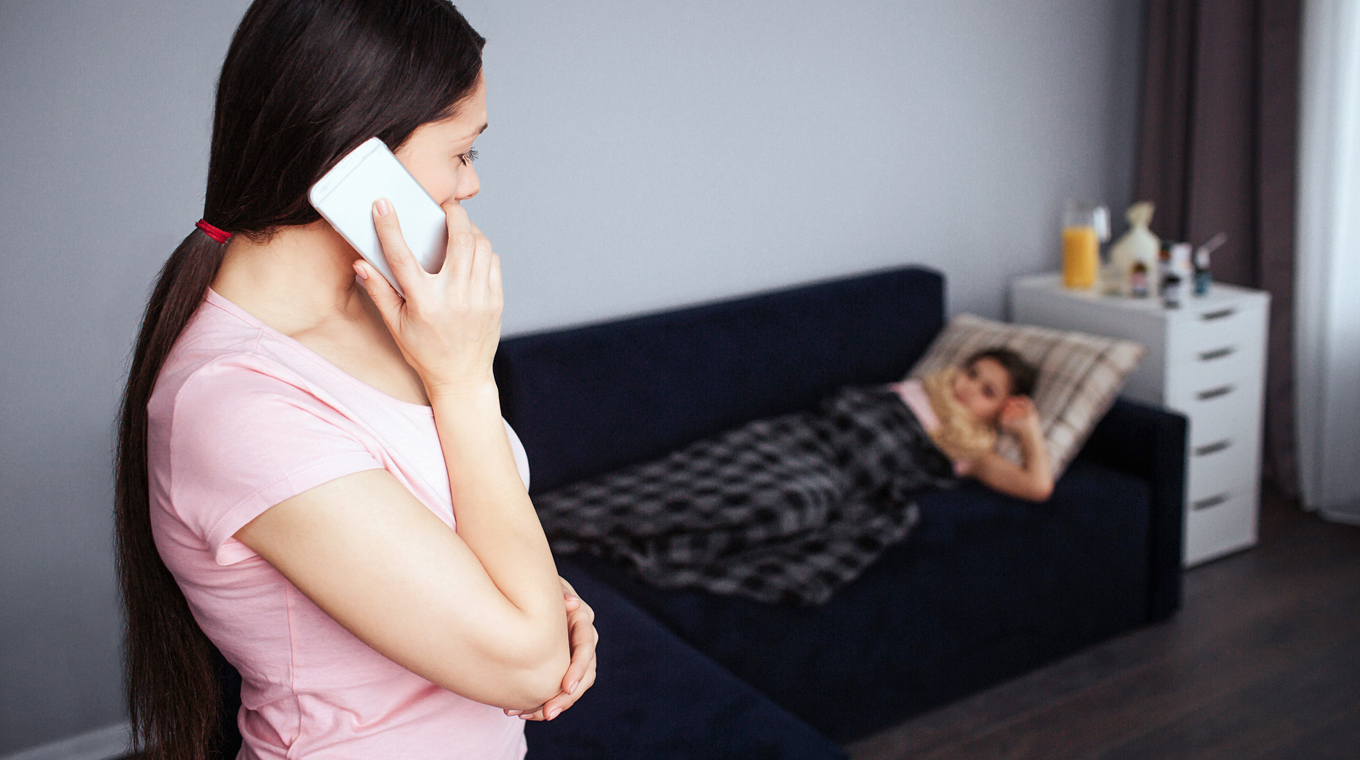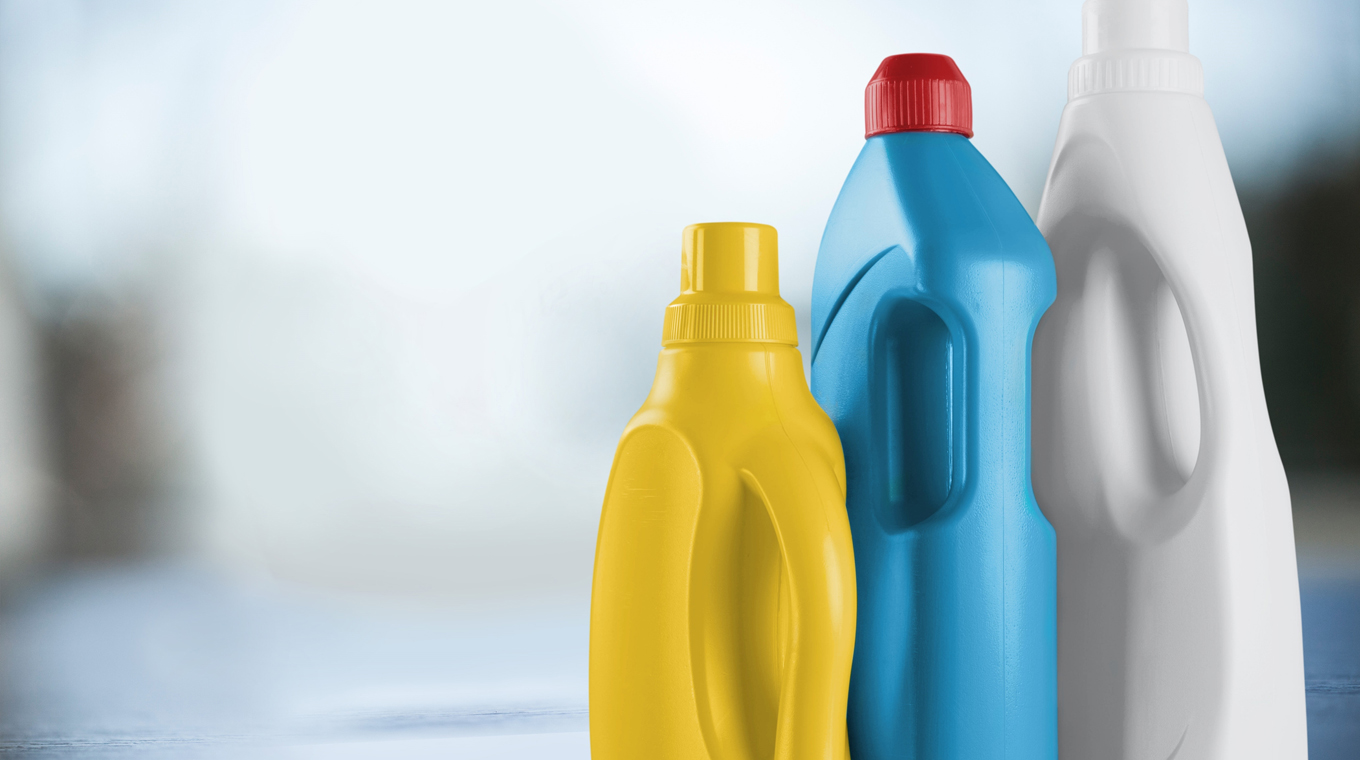
In this article
If you suspect that someone has been poisoned, time is of the essence to identify the issue and get them help. Poisoning can result from swallowing, inhaling, touching, or injecting any one of a variety of hazardous substances that include drugs, chemicals, venoms, or gases. Many common household items are poisonous or can be toxic under the wrong circumstances.
Call the Poison Control Center hotline, 800-222-1222, with a person’s symptoms, age, and possible poisonous substance whenever you suspect poisoning.
Signs of poisoning

All of the symptoms of poisoning can mimic other conditions such as a seizure, intoxication, stroke, insulin reaction, or allergic reaction. It is important to ascertain as quickly as possible if the symptoms are indeed from poisoning or another medical condition.
The signs of poisoning include:
- Burns or red irritation around the mouth
- A chemical smell on the breath such as paint thinner or gasoline
- Vomiting
- Breathing difficulties including respiratory arrest
- Seizure
- Drowsiness or lethargy
- Confusion or lack of coordination
If the person is conscious, ask them questions about what they took or what they were doing prior to feeling sick. If the person is unconscious, assess the area for pill bottles, scattered pills, bottles of chemicals or cleaning supplies, opened electronics, missing batteries, or anything else that can give you a clue about the poisoning.
Call for help

Err on the side of safety and call for help if you suspect poisoning. This means calling 911 if a person is:
- Unconscious
- Stopped breathing or extreme difficultly breathing
- Uncontrollably agitated
- Experiencing seizures
- Known to have overdosed
Calling 911 will get the person help sooner than later. You can call the Poison Control Center hotline at 800-222-1222 if the person is stable and you are on your way to an emergency room through private transport. They will help you better ascertain what is happening and what measures you can take to mitigate any poisoning.
While you wait for help
You’ll want to get help as soon as possible in all poisoning scenarios, however, there are some things you can do to help reduce the exposure. Here’s what to do until emergency personnel arrive:
- Determine the source of poisoning whether it be pills, liquids, or gas.
- Remove any pills or substance from the person’s mouth.
- Read the labels of the suspected items. This will help determine the best course of action to counter the poison. Bring any bottles or containers with you to the emergency room.
- Remove any clothing if the person has a chemical exposure to their skin and rinse the skin for 20 minutes.
- Take the person outside into fresh air if the poison is a gas.
- Put the person on their side just in case they vomit so they don’t choke.
- Begin CPR if the person is unconscious and stops breathing.
The Poison Control Center hotline will also walk you through any additional steps depending on the type of poisoning.
What not to do
There are certain things that were once common conventions that are no longer standard protocol in poisoning. This includes induced vomiting or using ipecac syrup. “Although it seemed to be effective in making the affect vomit, and theoretically expunging the vomit — it has never been proven to be effective in dealing with poisoning incidents,” Dr. Giuseppe Aragona told Mom.com.
Do not provide charcoal or milk unless indicated by emergency personnel or the Poison Control Center hotline. Follow their instructions to make sure you don’t do more harm than good.
Common household poisons

There are some things around the house that you might think are innocuous but really pose a serious risk to you or your children.
Wanting to clean your house is great, but mixing household cleaners can be poisonous. Chlorine bleach combined with ammonia or acids can lead to a chemical reaction emitting chlorine gas which is highly toxic.
Small batteries can lead to a burn within a couple of hours of ingesting. Children may put batteries in their mouths or even swallow small watch or button batteries. An X-ray would show the location of an ingested battery to determine the wisest course of action.
When mom of two Sara Torpey found out how dangerous batteries were, she took extra precaution. “Batteries are kept in the storage room and up high," she told Mom.com. "We’ve also talked to the kids about them, and about why they are away — it’s just as important for them to know what to do if they get access as it is for them not to have access.”
Medicated patches, such as nicotine patches, may seem like a fun sticker for a young child. They don’t realize the patch is transmitting a drug through their skin. Some people have reported finding the patches stuck on the roof of the mouth.




